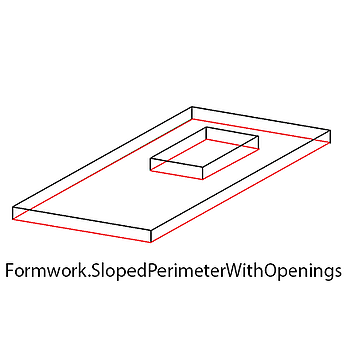
Before we start:
📝Note! Base Extractors calculate the geometric characteristics of an object. The layers of a single element (e.g. walls, floors) do not have a separate geometry. They are simply part of the Assembly geometry. Thus Base Extractors will not calculate the value of a single layer. They will calculate the value of the Assembly. This should be taken into account, determining the layer's thickness and the volume.
The list of the Base Extractors:
Object.SurfaceArea — full surface area of the element.
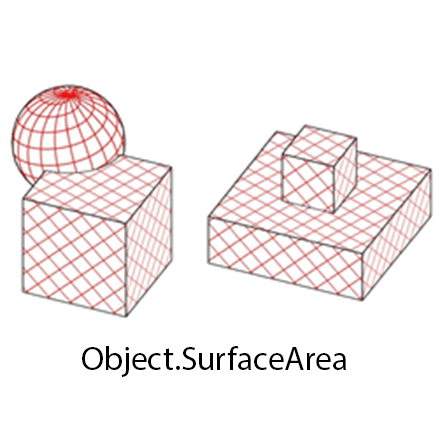
Object.HorizontalSurfaceArea — analyses the surface of the element and calculates the area of its horizontal parts.
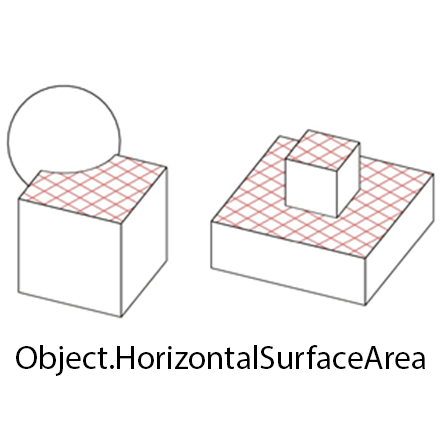
Object.VerticalSurfaceArea — analyses the surface of the element and calculates the area of its vertical parts.
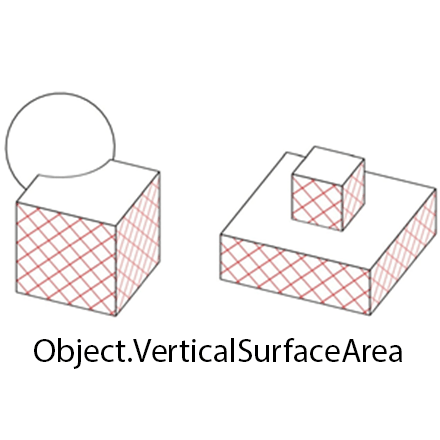
Object.Volume — calculates the volume of the element's geometry.
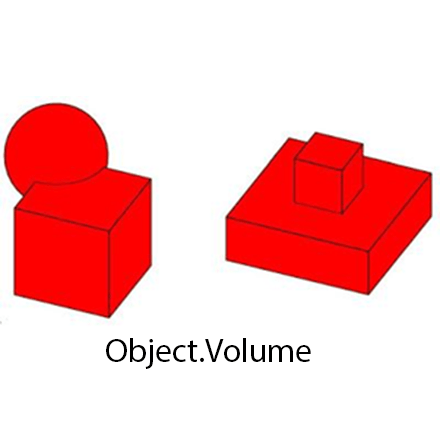
VerticalBB.Height — calculates the difference between the coordinates of the highest and lowest points of the element.
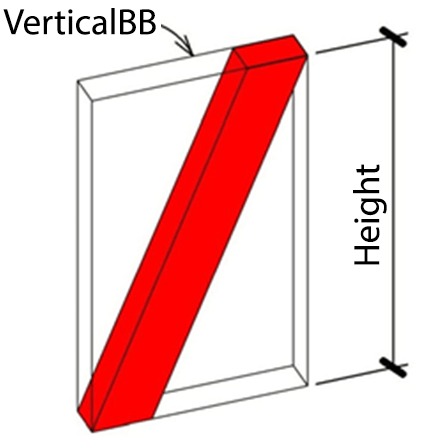
VerticalBB.SectionMaxDimension — maximum horizontal cross section dimension of the object in its final position.
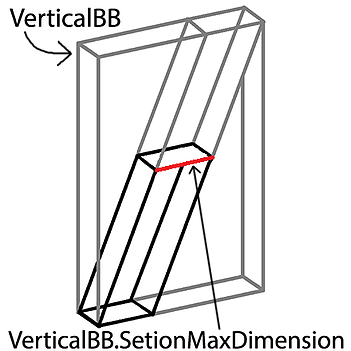
VerticalBB.SectionMinDimension — minimum horizontal cross section dimension of the object in its final position.
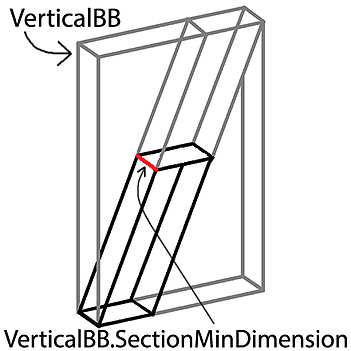
VerticalBB.SideSurfaceArea — side surface area of the object in its final position.
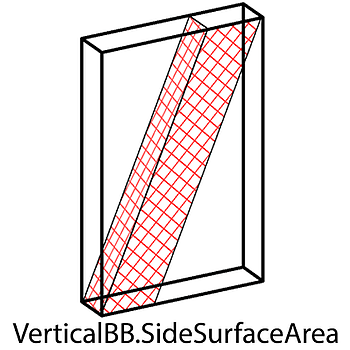
VerticalBB.TopSurfaceArea — top surface area of the object in its final position.
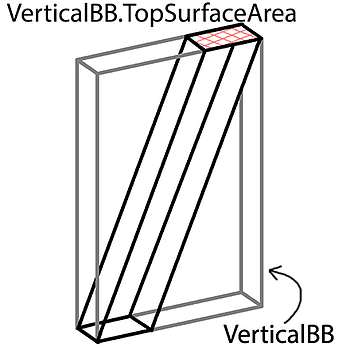
VerticalBB.BottomSurfaceArea — bottom surface area of the object in its final position.
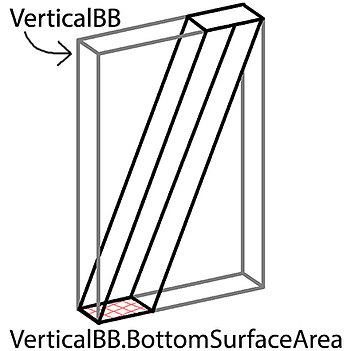
VerticalBB.SectionArea — horizontal cross section area of the object in its final position.
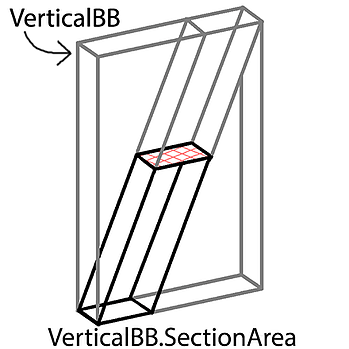
VerticalBB.Slope — the angle (radian) between the horizontal surface and the top surface of the object in its final position.
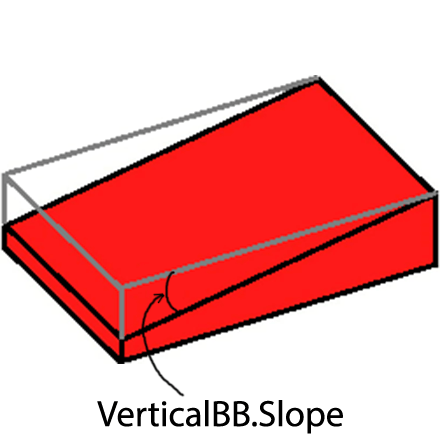
ObjectBB.Length — clearance length of the object.
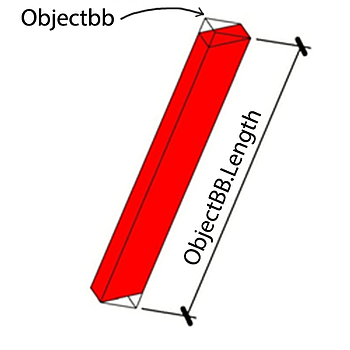
ObjectBB.SectionMaxDimension — clearance width (maximum size) of the object in a specific section.
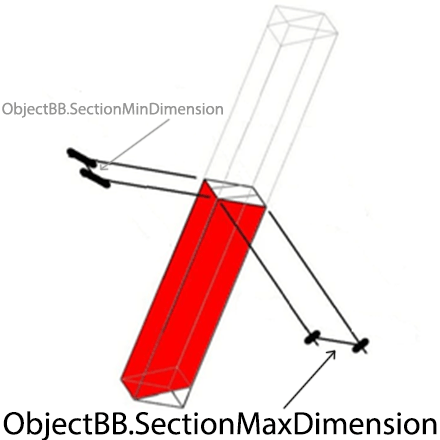
ObjectBB.SectionMinDimension — clearance depth (minimum size) of the object in a specific section.
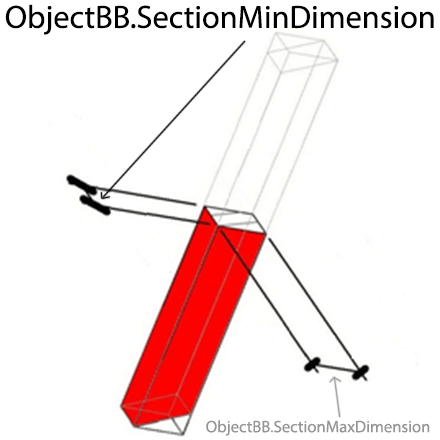
ObjectBB.SideSurfaceArea — the area of the object excluding the area of its faces which are superimposed with the start and the end faces of the bounding box.
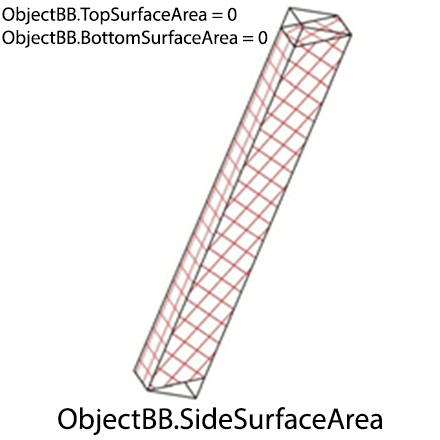
ObjectBB.TopSurfaceArea — top area of the object, area of its face which is superimposed with the start face of the bounding box.
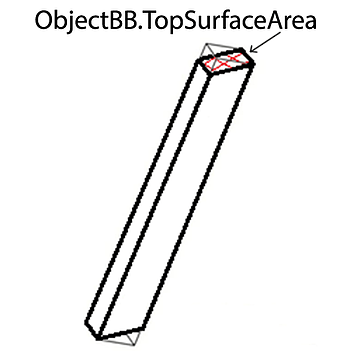
ObjectBB.BottomSurfaceArea — bottom area of the object, area of its face which is superimposed with the end face of the bounding box.
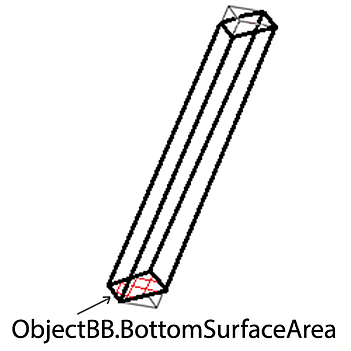
ObjectBB.SectionArea — the area of the minimal section of the bounding box.
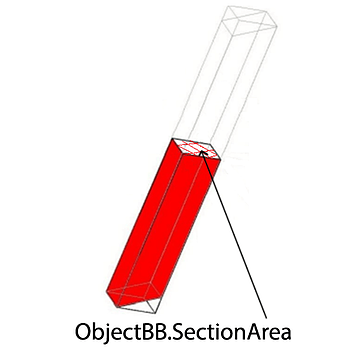
SelfDimension.Length — the length of the largest axis of the element.
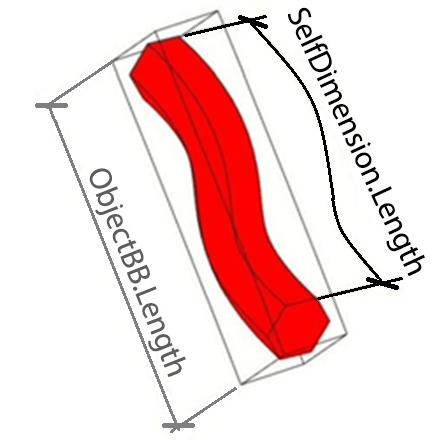
SelfDimension.SectionVerticalDimension — the dimension of the section's most vertical edge obtained if you cut the extrusion object perpendicular to the direction of its extrusion (the extrusion axis is the largest element axis).
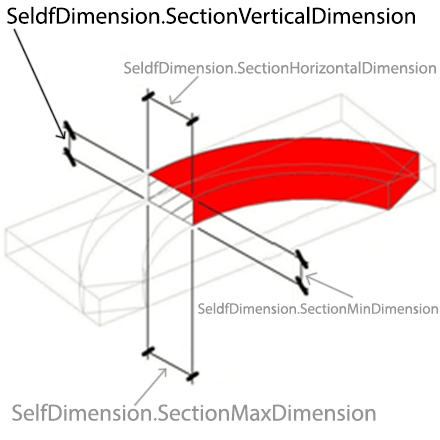
SelfDimension.SectionHorizontalDimension — the dimension of the section's most horizontal edge obtained if you cut the extrusion object perpendicular to the direction of its extrusion (the extrusion axis is the largest element axis).
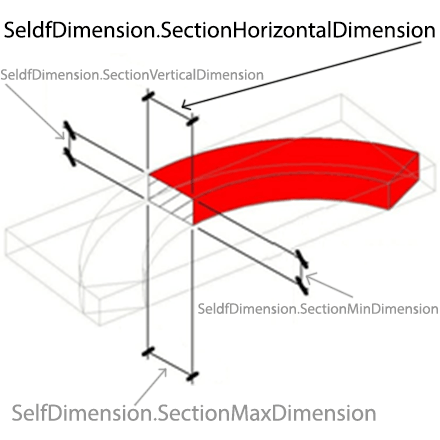
SelfDimension.SectionMaxDimension — maximum cross section dimension of the extrusion object (the extrusion axis is the largest element axis).
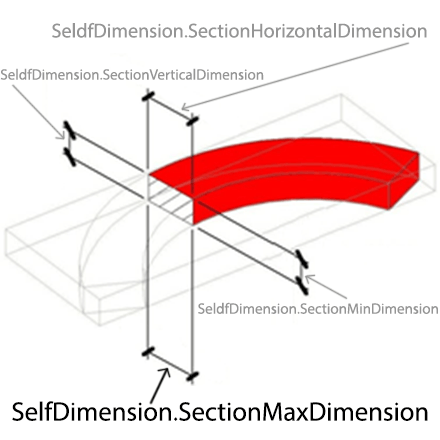
SelfDimension.SectionMinDimension — minimum cross section dimension of the extrusion object (the extrusion axis is the largest element axis).
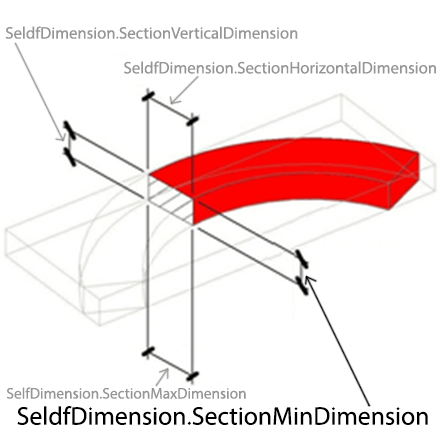
SelfDimension.Thickness — the smallest of the three dimensions of the element, the length and width of which is much greater rather than the thickness.
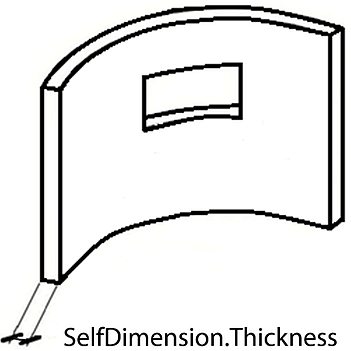
SelfDimension.HorizontalRadius — curvature radius of the extrusion path of the object (the extrusion axis is the largest element axis).
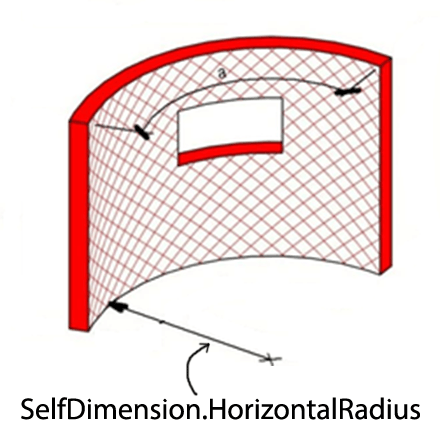
SelfDimension.WideArea — the area of the largest continuous part of the element's surface. For walls it’s wall area from one side, for floors it’s bottom area subtracting all the openings.
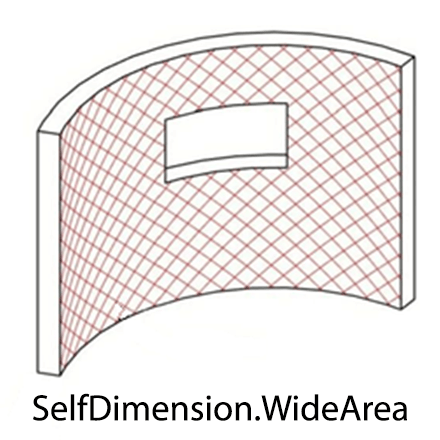
SelfDimension.SectionArea — cross section area of the extrusion object (the extrusion axis is the largest element axis).
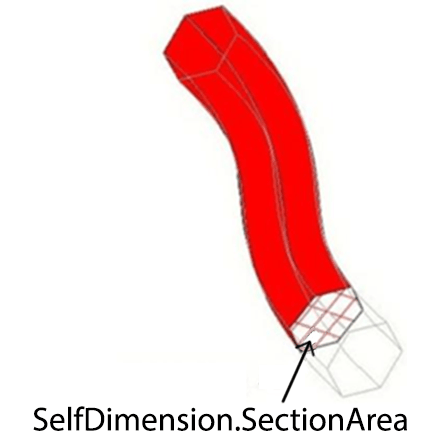
SelfDimension.TopSurfaceArea — top surface area of the extrusion object (the extrusion axis is the largest element axis).
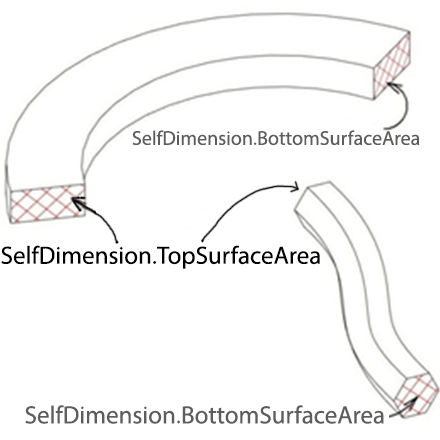
SelfDimension.BottomSurfaceArea — bottom surface area of the extrusion object (the extrusion axis is the largest element axis).
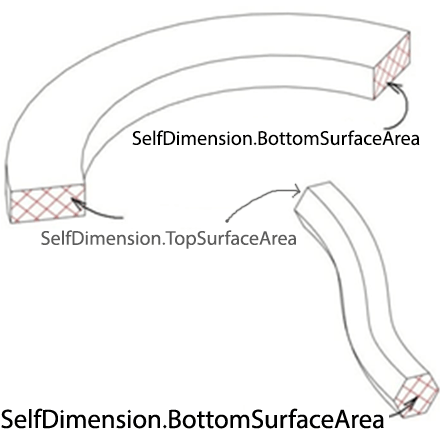
SelfDimension.SideSurfaceArea — side surface area of the extrusion object (the extrusion axis is the largest element axis).
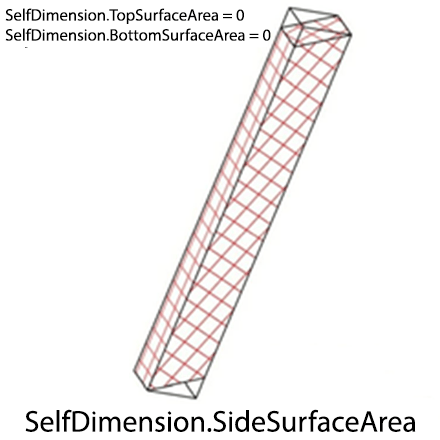
Formwork.Horizontal — total formwork area for the horizontal surfaces with a slope of up to 5 degrees.
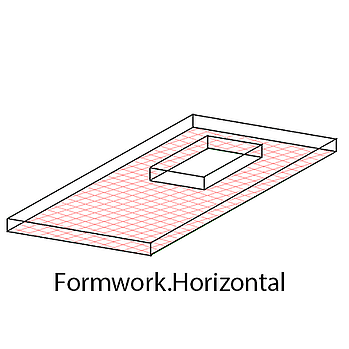
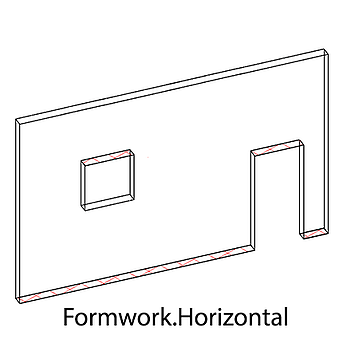
Formwork.HorizontalWithOpenings — the same as “Formwork.Horizontal” adding void areas.
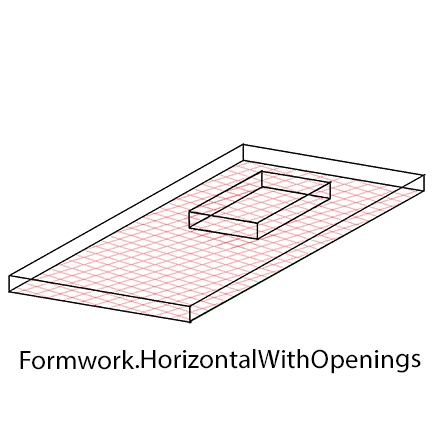
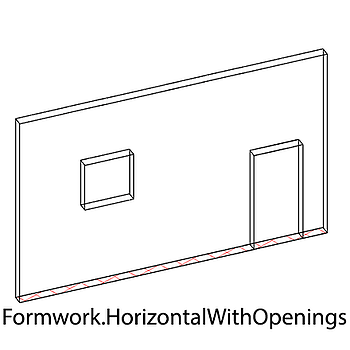
Formwork.Vertical — total formwork area for the vertical surfaces with a slope of up to 5 degrees.
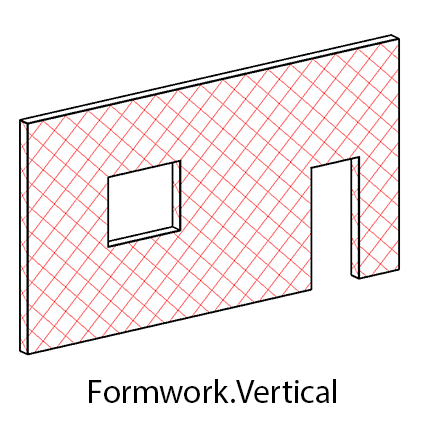
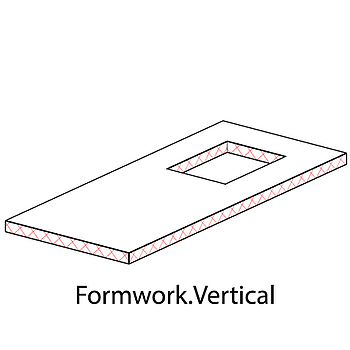
Formwork.VerticalWithOpenings — the same as “Formwork.Vertical” adding void areas.
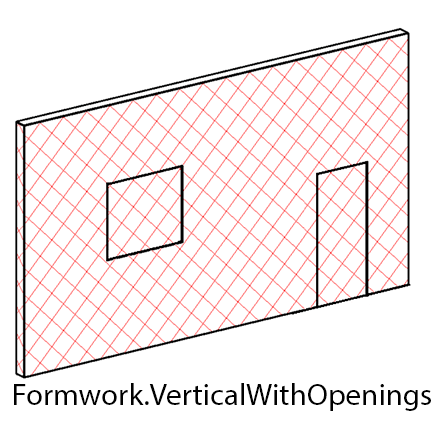
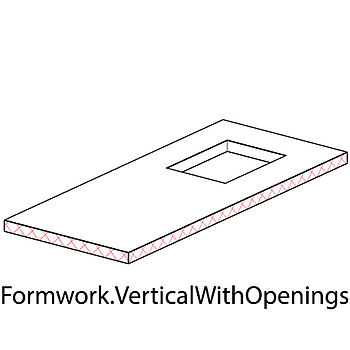
Formwork.SlantedLess15 — total formwork area for the horizontal surfaces with a slope from 5 to 15 degrees.
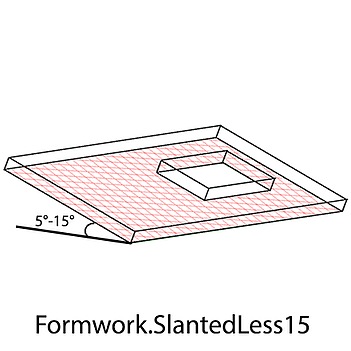
Formwork.SlantedMore15 — total formwork area for the horizontal surfaces with a slope from 15 to 60 degrees.
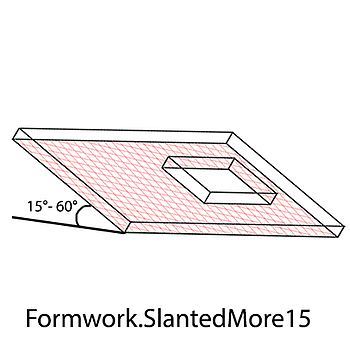
Formwork.SlantedLess15WithOpenings — The same as “Formwork.SlantedLess15” adding hole areas.
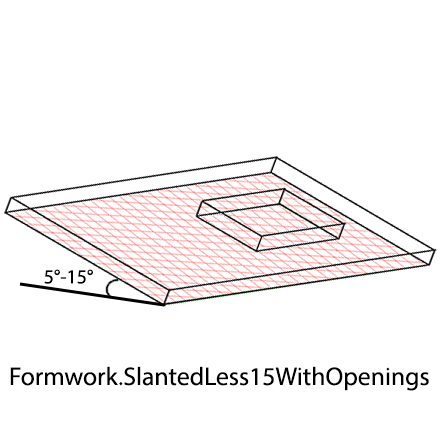
Formwork.SlantedMore15WithOpenings — The same as “Formwork.SlantedMore15” adding hole areas.
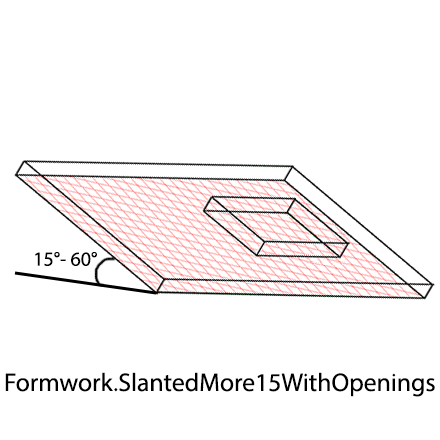
Formwork.SlopedPerimeter — the perimeter of the horizontal section of the wall or the floor, excluding the perimeter of inner voids (applicable for slanted objects too).
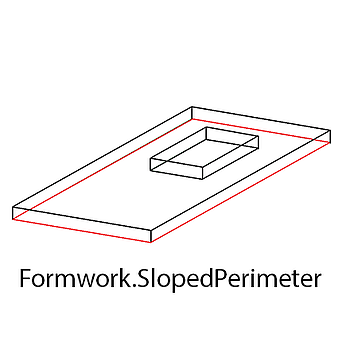
Formwork. SlopedPerimeterWithOpenings — the perimeter of the horizontal section of the wall or the floor, including the perimeter of inner voids (applicable for slanted objects too).
